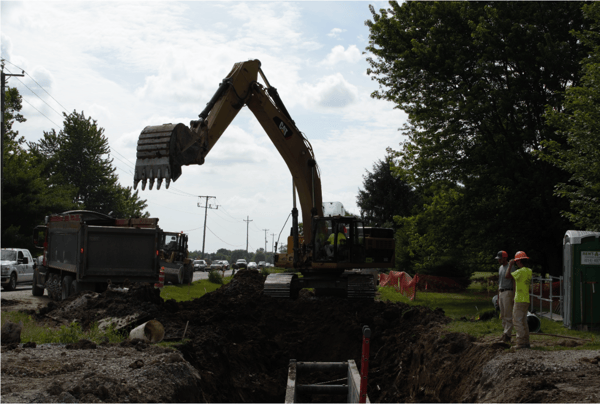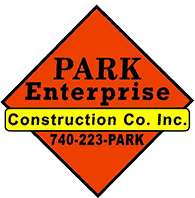
From a very basic standpoint, storm sewers capture and redirect rainwater, snow and other drainage. Sanitary sewers, conversely, transport sewage and water from sinks, showers and other appliances to treatment plants.
But, when many people hear the word “sewer,” they immediately think that they’re one in the same. That’s hardly the case, and this couldn’t be more evident when you consider the key functions and differences between storm and sanitary sewers.
Here’s a closer look at the similarities, differences and other considerations pertaining to sanitary sewers and storm sewers.
Similarities Between Sanitary Sewers and Storm Sewers
Though storm and sanitary sewers serve different functions, they do share some key similarities. Specifically, they’re both types of plumbing infrastructure that transport water. Each also both serve a beneficial role in filling area streams, lakes and even oceans.
Finally, both storm and sewer drains aren’t immune from issues. Sewer drains are often prone to clogs or blockages (and even leaks), which can cause pipe damage and potential overflow inside a home or business.
If pipe breaks occur externally, it could lead to flooded property – and an unsanitary flood at that. And the biggest enemy of storm drains is when the likes of leaves, grass, motor oil, paint, fertilizer and other non-water contaminants enter them. Debris such as this may not just lead to backups and overflows, but also polluted rivers, streams and oceans.
Differences Between Sanitary Sewers and Storm Sewers
Here’s a look at some of the key differences between sanitary sewer and storm sewer systems.
How Storm Sewer Systems Function:
Storm sewer systems primarily exist outside of the home or business, though some homes and businesses have storm drains built into their basements or foundations that connect to the greater system.
Drains are usually positioned on curbs or low-lying areas so that water flows naturally toward them. Unlike sanitary sewers, storm drains don’t take water to a treatment plant before re-distribution, which is why it’s important that only water enters such systems.
Storm Sewer Installation Video:
How Sanitary Sewer Systems Function:
Sanitary sewers exist partially inside the home or business, capturing wastewater from toilets, and water from showers, tubs, sinks and other appliances.
From there, they connect to an underground series of pipes, where wastewater is taken to a treatment plant. It’s filtered, treated and then released from there.
Sanitary Sewer Installation Video:
Repair and Installation Considerations:
Both storm and sanitary sewer drain installation tends to be invasive, which escalates prices. For instance, sanitary sewer repair and installation costs for a single service connection can range anywhere from a few thousand to tens of thousands of dollars depending on the size, scope, digging conditions and other factors.
Mainline sanitary sewers are typically much deeper and, as a result, are far more expensive to install and repair, though the cost is typically the responsibility of the city or municipality.
Public Storm sewer repair and installation is often a cost a city or municipality will bear based on the location of most drain inlets. However, private storm sewers, such as within parking lots, are the responsibility of the property owner.
In addition to keeping the sewer flowing, the owner is also responsible for ensuring that sediment does not enter the public storm sewer. The EPA defines sediment as “particulate organic and inorganic matter that suspend in or are carried by the water, and/or accumulate in a loose, unconsolidated form on the bottom of natural water bodies. This includes the frequently used terms of clean sediment, suspended sediment, total suspended solids, bedload, turbidity, or in common terms, dirt, soils or eroded materials.”
Sediment can include:
-
Dirt
-
Mud
-
Chemicals
-
Litter
-
Brake pad dust
-
+ Other materials.
Depending on the scope of installation, storm sewer costs anywhere from $50 to $100 per foot. But, when installed properly by an experienced contractor, the utilities are less prone to needing repair and thus ultimately saving you money down the line.
Put in the work up front to find a contractor that meets the standards needed for the project, and save money down the line.



